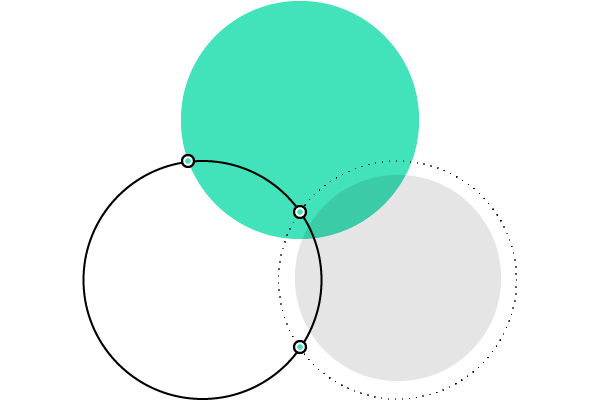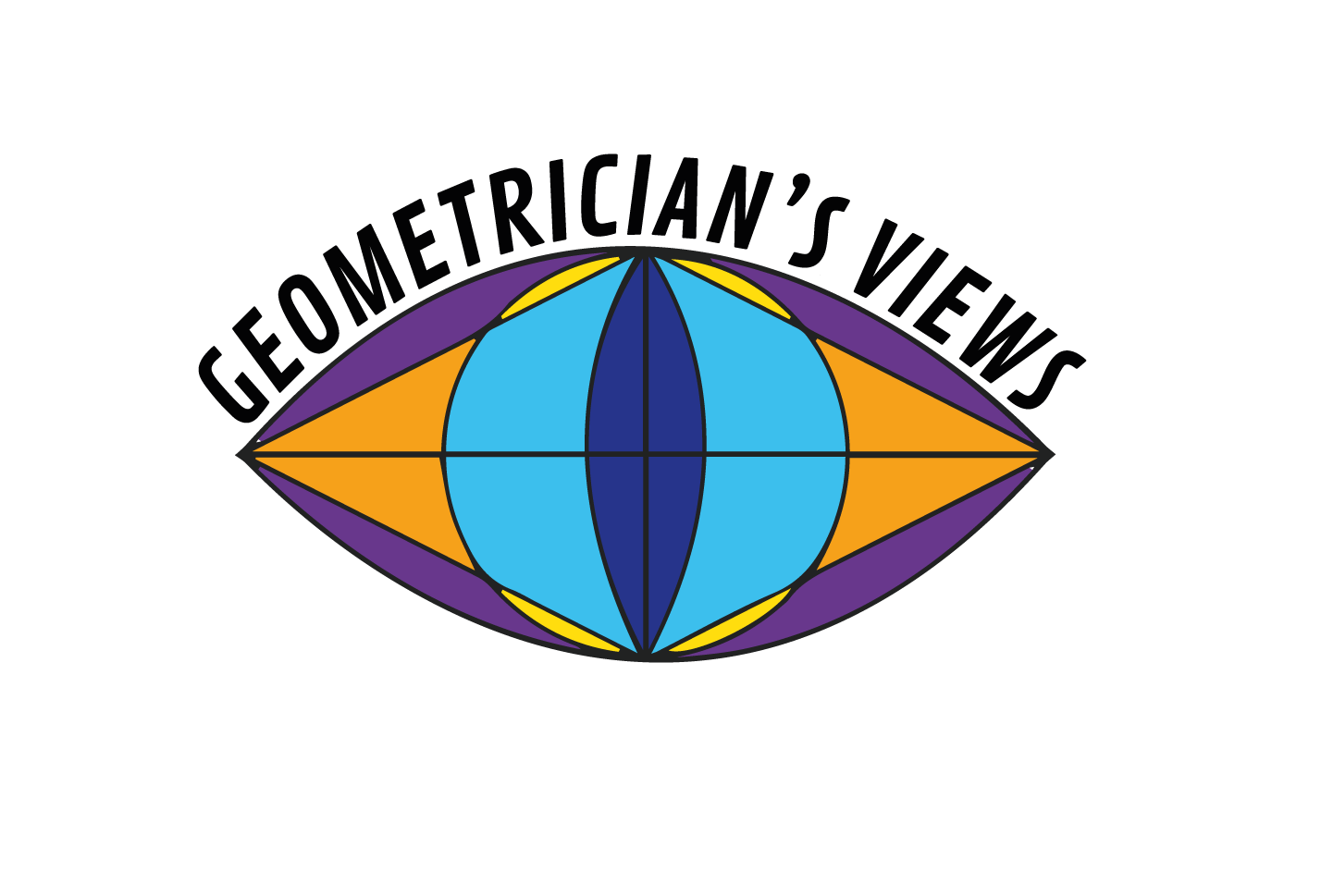Geometrician’s Views
Explore mathematic culture through arts and sciences
THE PROJECT
The project KA225-SCH-095534, Geometrician’s views (GV) was an international cooperation in the field of education. The aim of the initiative is to enable pupils from kindergarten up to high school level to explore mathematical culture through ART and SCIENCE. It was from 1st March 2021 to 28th Febrary 2023.
Partners from 7 different countries are invited to exchange innovative approaches towards teaching maths: students are invited to create collaborative deliverables at the intersection between MATHEMATICS and ARTS.
The initiative includes an international staff training open to the members of the participating organisations, as well as multiplier events to disseminate the project outcomes.
The GV consortium expects to produce a number of tangible outputs including supports for mobile exhibitions on maths and arts, guides for the teachers who wish to jumpstart hands-on activities on this topic in the classroom.

PROJECT SUMMARY
Project introduction
When you look at the stars, when you look at the moon, you wonder what that is. Would you say that the moon is a circle ? Would you say that the railways are two straight lines or even a set of Bezier lines ? If you answer positive to those question, then you might as well be a geometrician …
The origin of geometry lies in the study and measurement of the earth and the universe. Geometry is more than just a collection of tools, than an abstract discipline : it is our way of classifying shapes and things, it it our way of
looking at the world.
The objective of our project is to enable people to discover MATHEMATICAL culture through the ARTISTIC and SCIENTIFIC world.
The Themes
There are 60 themes available to the students, which in turn are divided into three sub-themes.
1) Objects, instruments:
Curves, Spirals, Surfaces, Spheres and balls, Polyhedrons, Balls and balloons, Fractals, Crystals, Shells, Domes, Knots, Astrolabe, Abaque, Soap bubbles, Darkroom, Pendulums, Hypercube, Design, Mirrors, Pantograph.
2) Scientific and artistic fields:
Astronomy, Cartography, Relief, Architecture, Urbanism, Music, Choreography, Typography, Calligraphy, Paintings and Engravings, Statues, Gardens, Labyrinths, Light, 3D Printing, Pixel Art, Augmented Reality, Braids, Interlacing, 3D Animation, Trajectory, Cubism
3) Representations and transformations:
Friezes, Paving, Tomography, Perspective, Illusions, Networks, Coloring, Origami, Puzzles, Space-time, Measurement and Plotting
Coordinates, Computer Graphics, Digital Acquisition and Imaging, Voxels, Meshes, Graphs, Patterns, Anamorphosis, Silhouette, Shadow, Projection
Main Topics
ICT – new technologies – digital competences ; Creativity and culture ; Key Competences (incl. mathematics and literacy) – basic skills
Targeted public
We target students from kindergarten level up to high school.
A number of classes will be involved in our project activities. Each class is to produce an artistic or digital production (computer graphics, digital application, animated film, frame, sculpture, play, virtual museum, augmented image, 360° guided tour (Vizor), digital book, comic book, short story, …), which will display the pupils’ view of the chosen theme.
The artistic fields
Each item produced by the students will need to relate clearly to one or more artistic fields: poetry and literature, architecture, sculpture, painting and drawing, music, poetry and literature, architecture, sculpture, painting and drawing, music, “performing arts”: dance, mime, theater and circus, film, “media arts”: broadcasting, television
and photography, comics, digital, culinary arts, model making, fashion….
The works of the students
The works of the students will constitute an exhibition. For this purpose, each artistic work is accompanied by an explanatory sheet edited by the students themselves, and outlining the mathematical and artistic import of each production.
The teacher in charge of supervising a given work will also be able to express his/her understanding of the topics within the explanatory sheet.
Events
We foresee to multiplier events as part of our project. These will be an occasion for the students to present their works. Overall, 60 exhibits will be showcased during these events, which is all the exhibits produced across the lifetime of the partnership.
The audience will also have the opportunity to explore the virtual museum based on the Neotrie software and hardware for virtual reality, as well as the pedagogical ressources guide enabling anyone to engage their students in transdisciplinary work across arts and maths.

PROJECT’S GOALS
Those strategy goals are:
- To disseminate the Project’s activities, findings and outcomes among stakeholders (NGOs, educational institutions, instructional environments, etc.)
- To identify and engage stakeholders throughout the course of the project in order to widen the project stakeholder base
- To facilitate and share understanding of educational approaches suitable for formal activities on maths and arts
- To maximise the impact of the outcomes of the project (the educational resources, publications, etc.)
- To raise awareness about innovation in teaching -especially maths- among the general public
Additionally, this strategy comprises a more practical subset of goals:
- To motivate partners to communicate about the project on social media and online platforms
- To prepare communication supports (flyers, posters, banners, etc.) and other materials for dissemination

ACTIONS
The main actions are:
- Cooperation for innovation and the exchange of good practices
- Partnerships for Creativity
